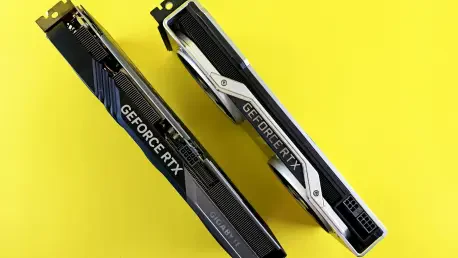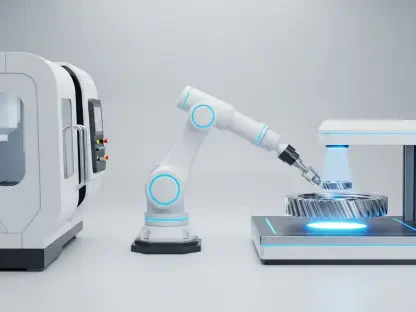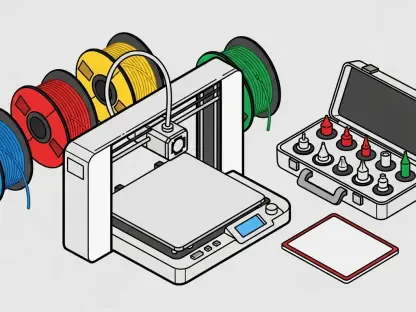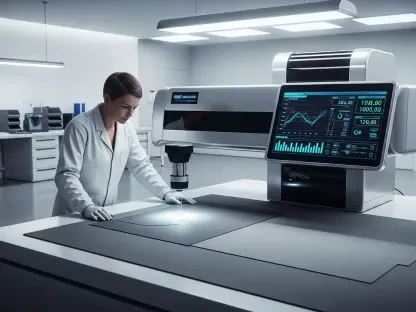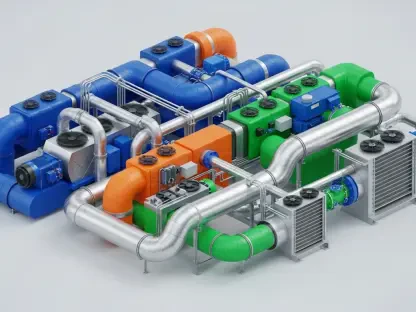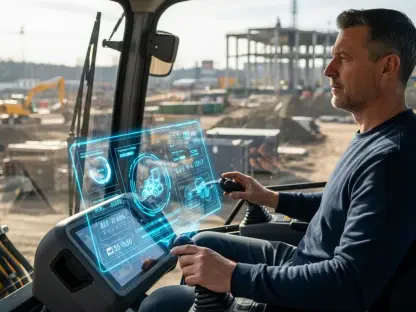In an era where technological superiority often defines military strength, the aerospace and defense sector is witnessing a transformative shift with additive manufacturing emerging as a game-changer for producing complex components. RTX, a titan in this industry, has taken a significant step forward by forging a strategic partnership with Velo3D, a leader in advanced 3D printing technology. This collaboration, involving the Raytheon Technologies Research Center, aims to revolutionize defense applications through cutting-edge manufacturing processes. By integrating Velo3D’s expertise, RTX is poised to enhance the precision and efficiency of critical defense systems, addressing the growing demand for innovative solutions in a highly competitive landscape. This move not only underscores RTX’s commitment to staying at the forefront of technology but also signals a broader trend within the sector to leverage advanced manufacturing for strategic advantage, potentially reshaping how defense contracts and capabilities are developed over the coming years.
Driving Technological Edge in Defense
The partnership between RTX and Velo3D centers on harnessing additive manufacturing to create highly specialized components that meet the stringent requirements of defense applications. This collaboration is more than a technical alliance; it represents a strategic pivot toward innovation that could redefine operational capabilities for military systems. By utilizing Velo3D’s advanced printing technology, RTX aims to produce parts with unprecedented complexity and durability, reducing production times and costs while maintaining the highest standards of quality. This initiative aligns with the industry’s push to adapt to modern warfare needs, where rapid prototyping and scalable production are critical. Furthermore, the collaboration is expected to open doors to new defense contracts by demonstrating RTX’s ability to deliver next-generation solutions, potentially strengthening its market position. As defense budgets globally face scrutiny, such technological advancements offer a pathway to maximize efficiency, ensuring that resources are directed toward impactful outcomes in national security.
Financial Strength and Market Outlook
Turning to the financial landscape, RTX has shown remarkable resilience and growth, with a notable 18% surge in share price during the latest reported quarter, driven by robust net income and revenue increases. This performance is complemented by enhanced dividends and continuous product innovation, which have bolstered investor confidence in the company’s trajectory. Over a five-year horizon, RTX has achieved a total shareholder return of nearly 190%, reflecting its strong standing within the aerospace and defense sector, which itself has seen a 31.1% return over the past year. Looking ahead, analysts project a steady annual revenue growth of 5.3%, with earnings expected to reach US$9 billion by 2028. While the partnership with Velo3D contributes to this optimistic outlook by promising enhanced capabilities, challenges such as tariff fluctuations and reliance on defense spending persist. With the current share price hovering near analyst targets, the market views RTX as fairly valued, though sustained innovation could unlock further growth in the long term.
